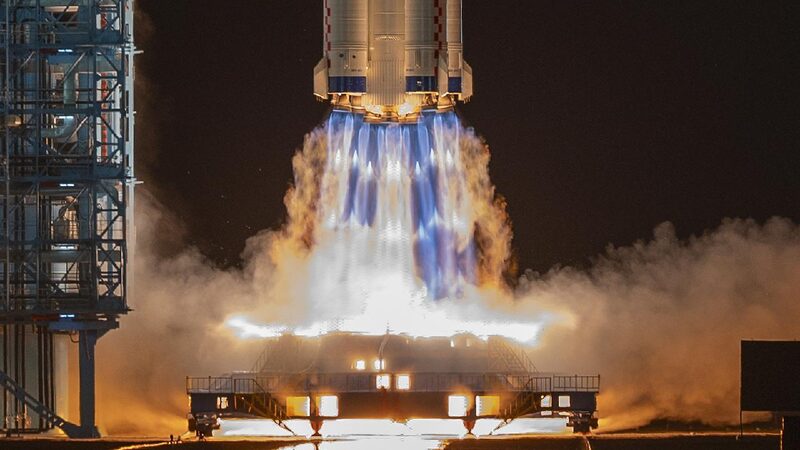China is set to make significant strides in its space program in 2025, focusing on space station operations and manned lunar exploration, strengthening its role as a global space power.
Since its completion, China’s space station has remained stable and efficient. It has hosted four manned missions, three cargo resupply missions, and four return trips. Five astronaut crews, totaling 15 individuals, have conducted long-term stays and completed 11 spacewalks, including a record-breaking single spacewalk. The latest astronaut selection included two experts from the Hong Kong and Macao special administrative regions.
In 2025, China plans to launch two manned missions and one cargo resupply mission. The selected crews are currently undergoing rigorous training. The space station has supported over 180 scientific research projects in areas like space life sciences, human research, microgravity physics, and space technology, yielding groundbreaking results.
China is expanding global collaboration in human spaceflight. Recently, it signed an agreement with the Pakistan Space & Upper Atmosphere Research Commission in Islamabad, marking the first step in training foreign astronauts for Chinese space missions. Pakistani astronauts will train in China for a future mission aboard the Chinese space station, reflecting China’s commitment to inclusive space development.
Advancing toward its goal of landing astronauts on the Moon by 2030, China is developing key mission components, including the Long March-10 rocket, Mengzhou crew module, Lanyue lunar lander, Wangyu spacesuit, and the Tansuo crewed lunar rover. These are currently in the prototype stage. At the Wenchang launch site in Hainan Province, necessary test and launch facilities are under construction. Command, tracking, and landing systems have completed overall design planning, with construction progressing steadily.
To enhance efficiency, China is integrating digital engineering into lunar mission development. Major spacecraft and system components will undergo large-scale prototype testing in the next phase.
China’s manned space program follows principles of peaceful use, mutual benefit, and shared development. The recent China-Pakistan agreement sets a model for broader international cooperation, encouraging more nations to participate. By fostering global collaboration, China aims to contribute to a shared future for humanity in space.
Cover image: Shenzhou-19 spacecraft atop a Long March rocket takes off from the Jiuquan Satellite Launch Center in Gansu Province, northwest China, October 30, 2024. /VCG
Reference(s):
cgtn.com








